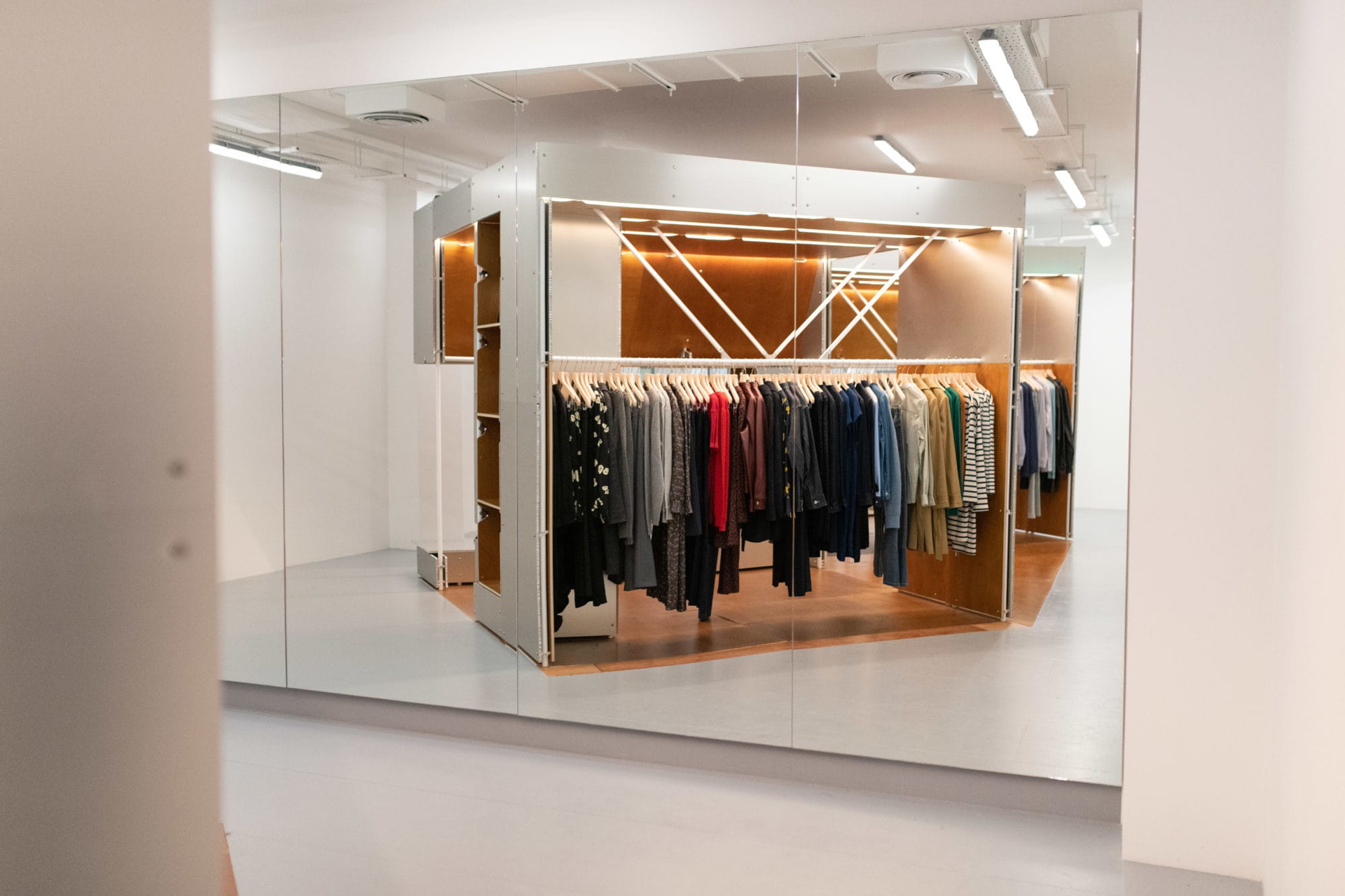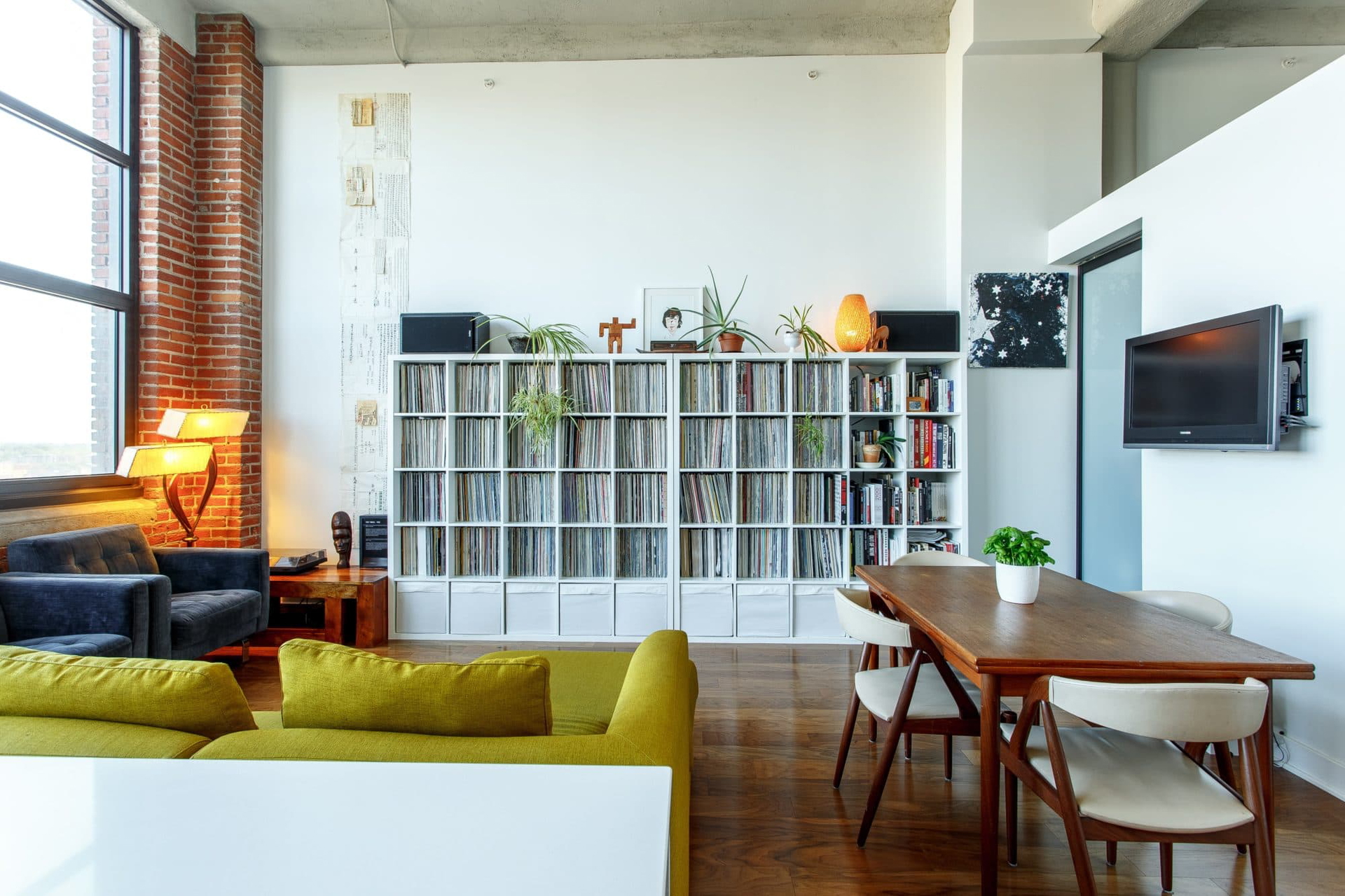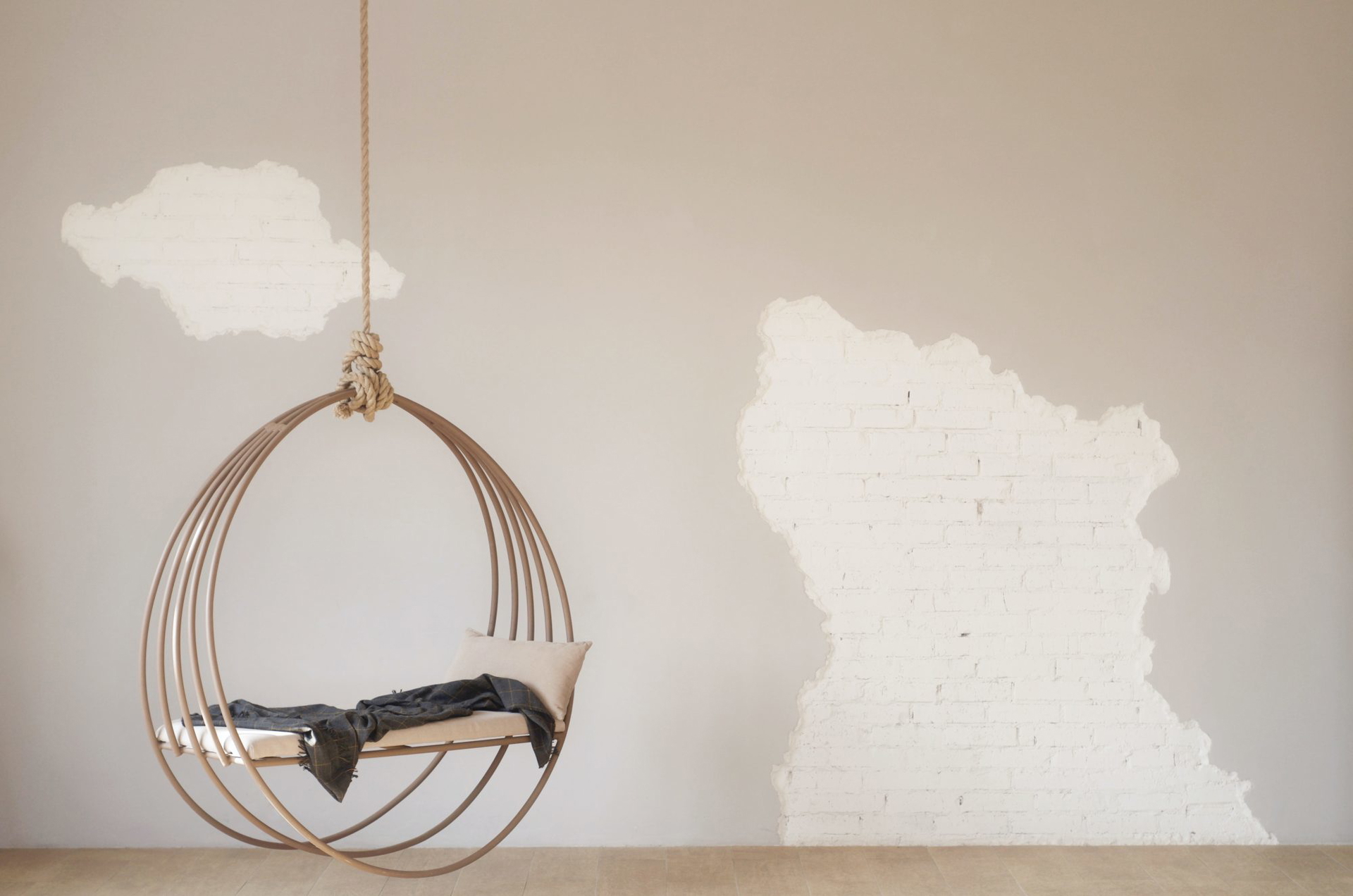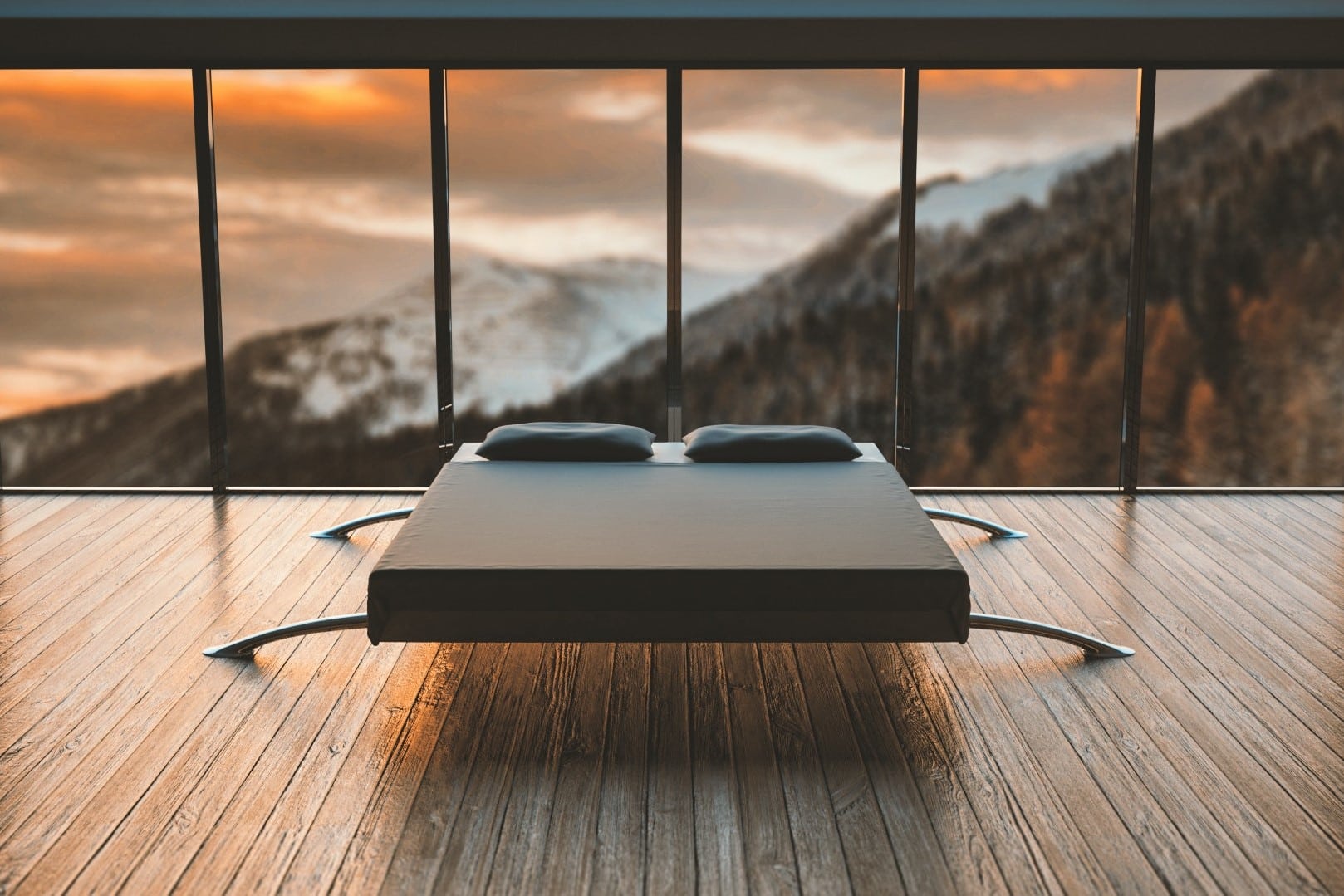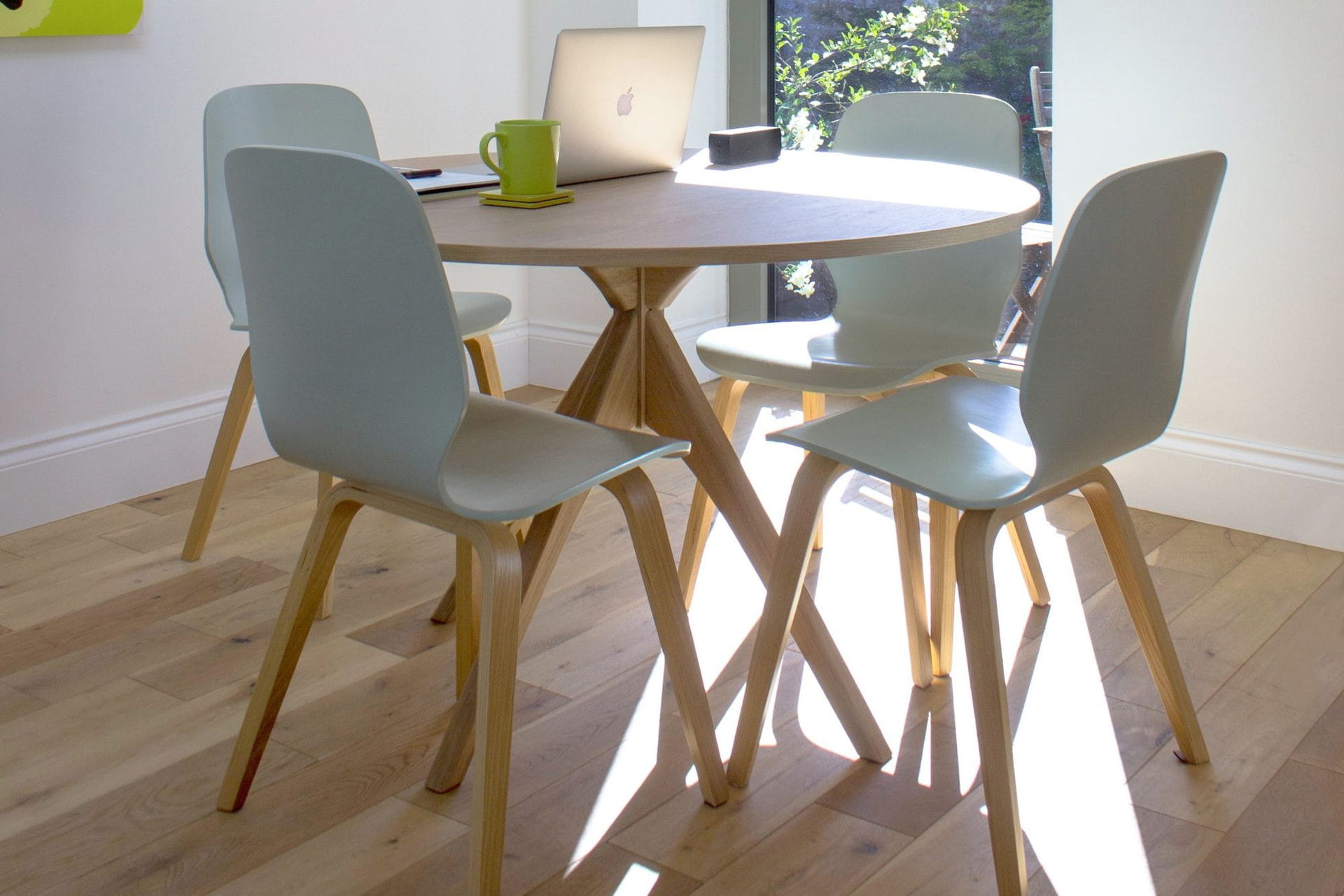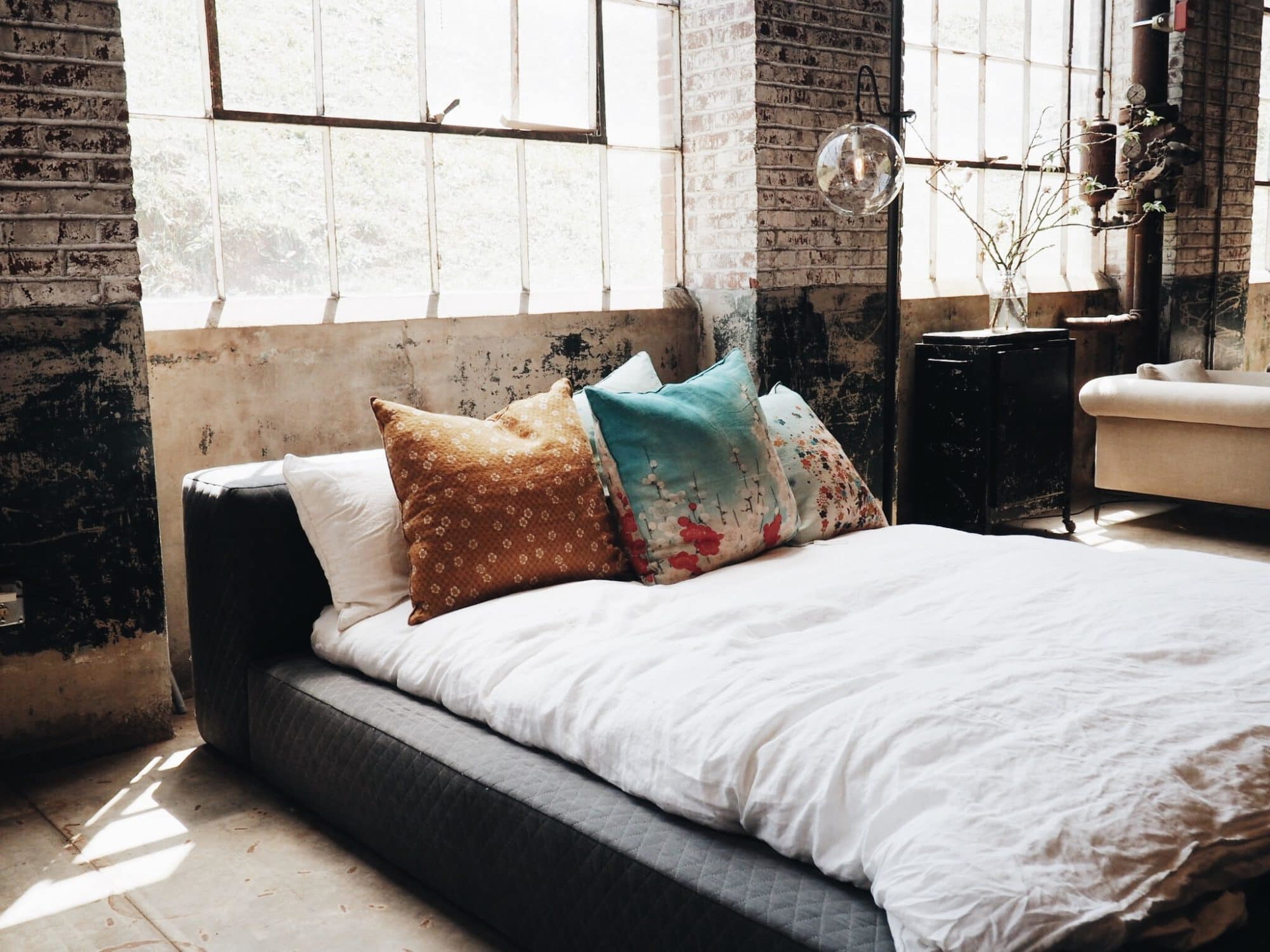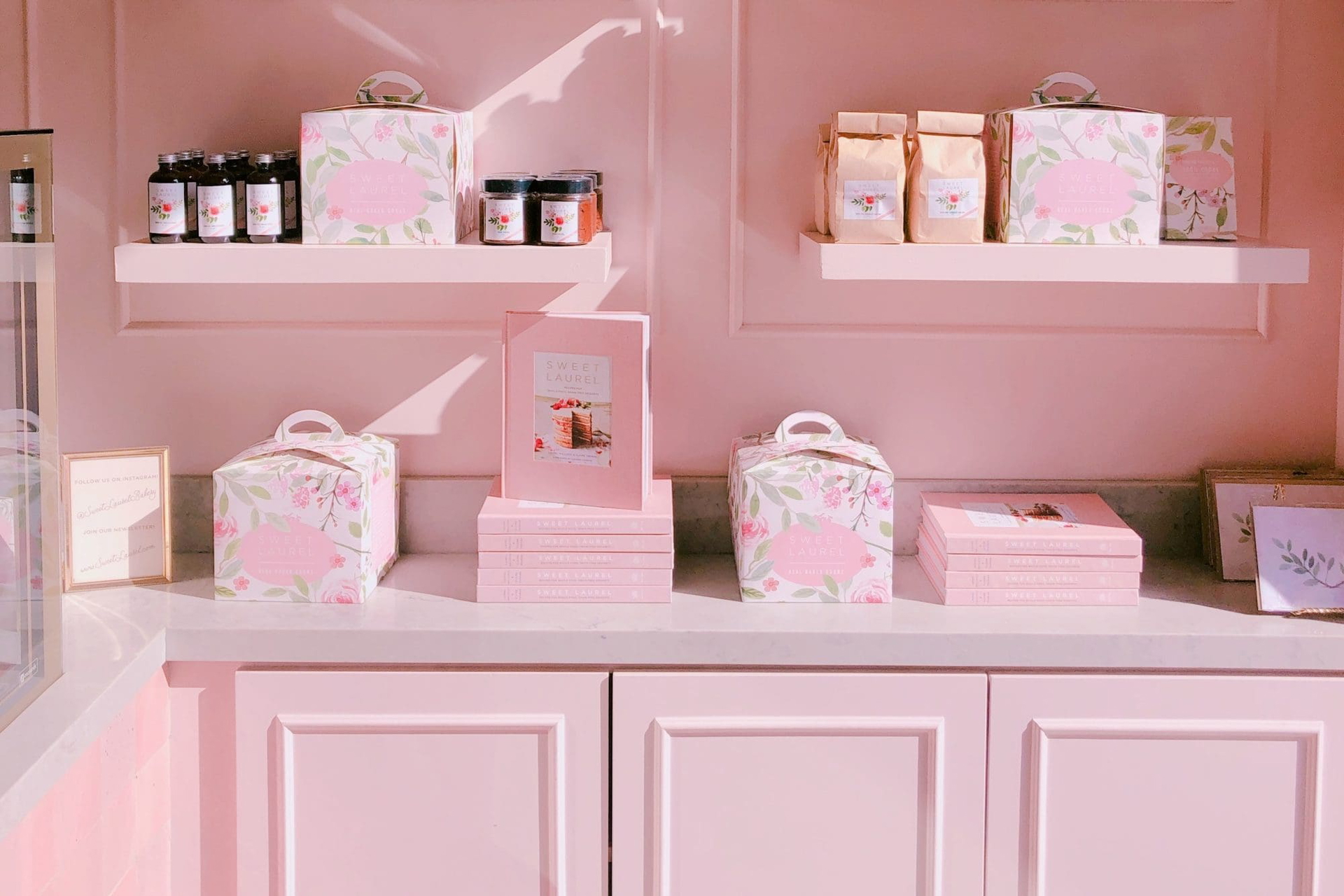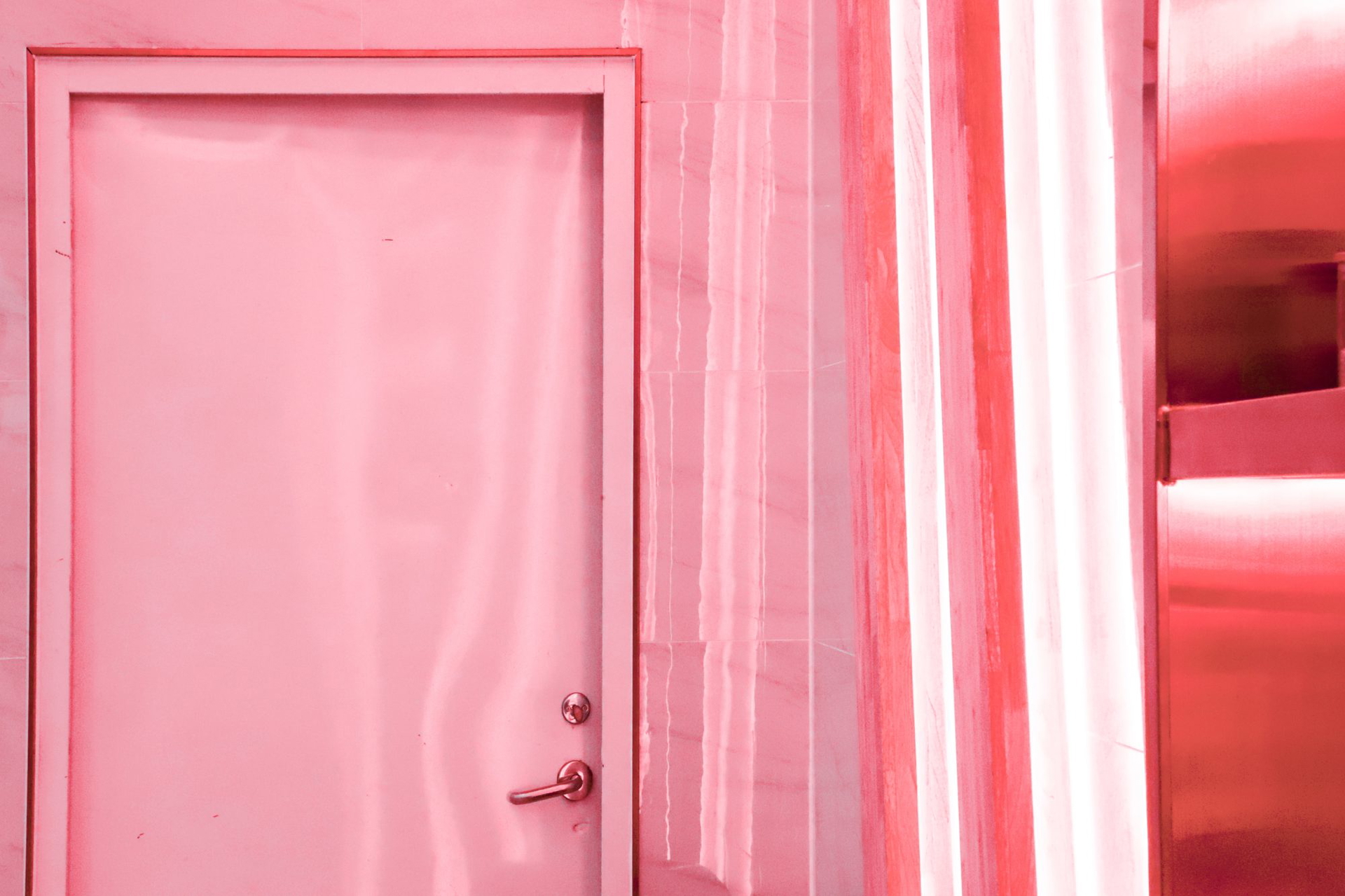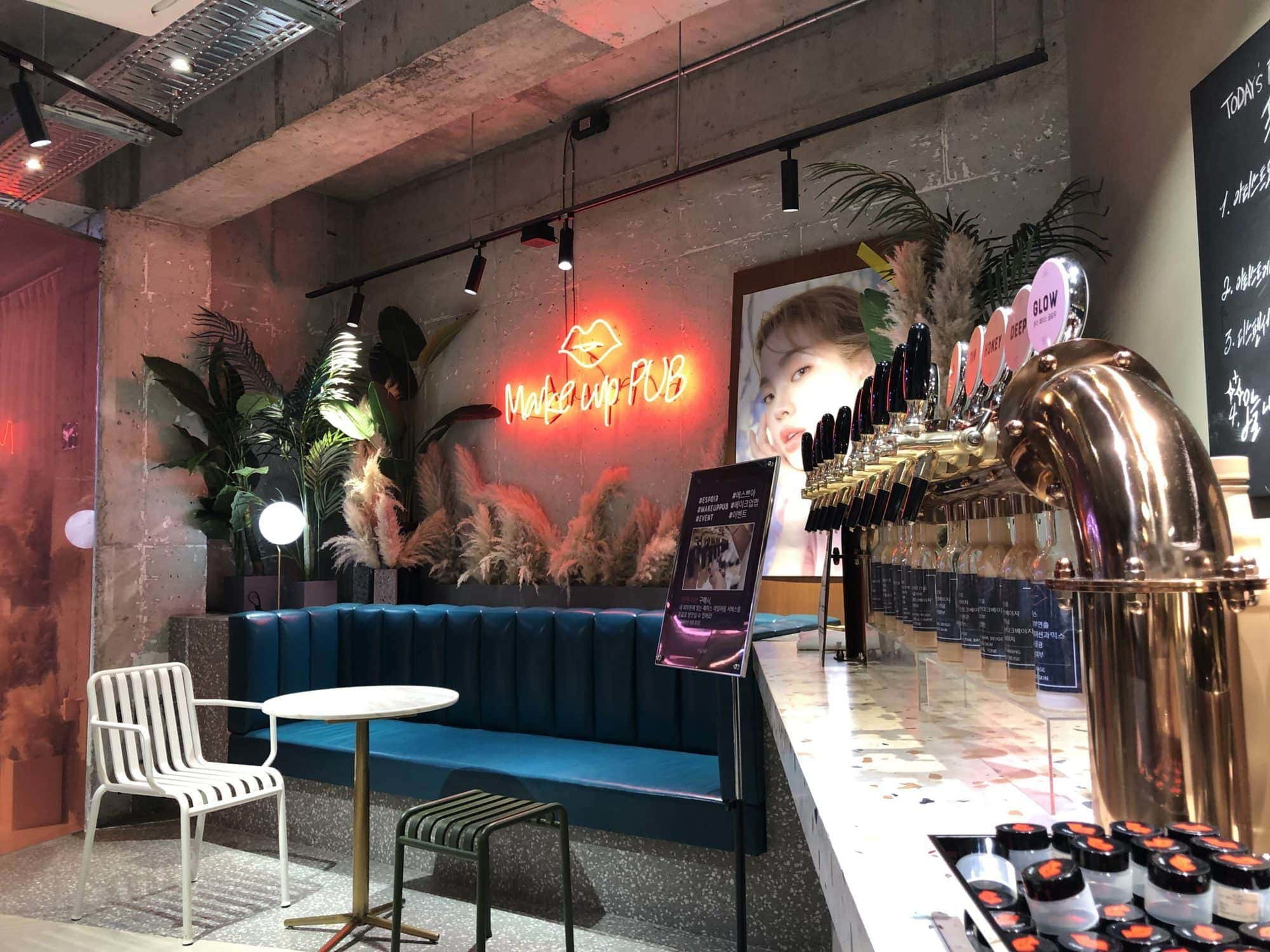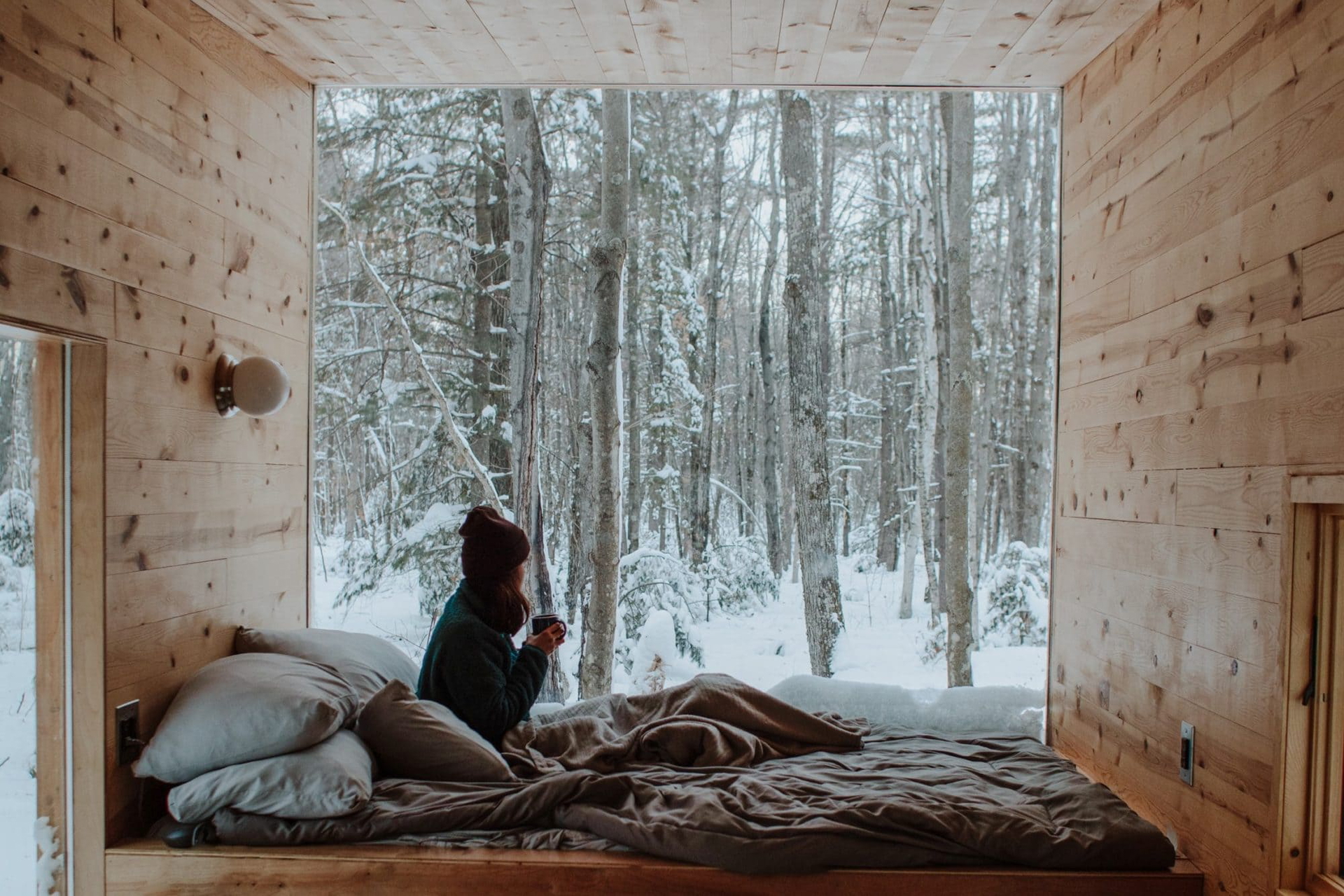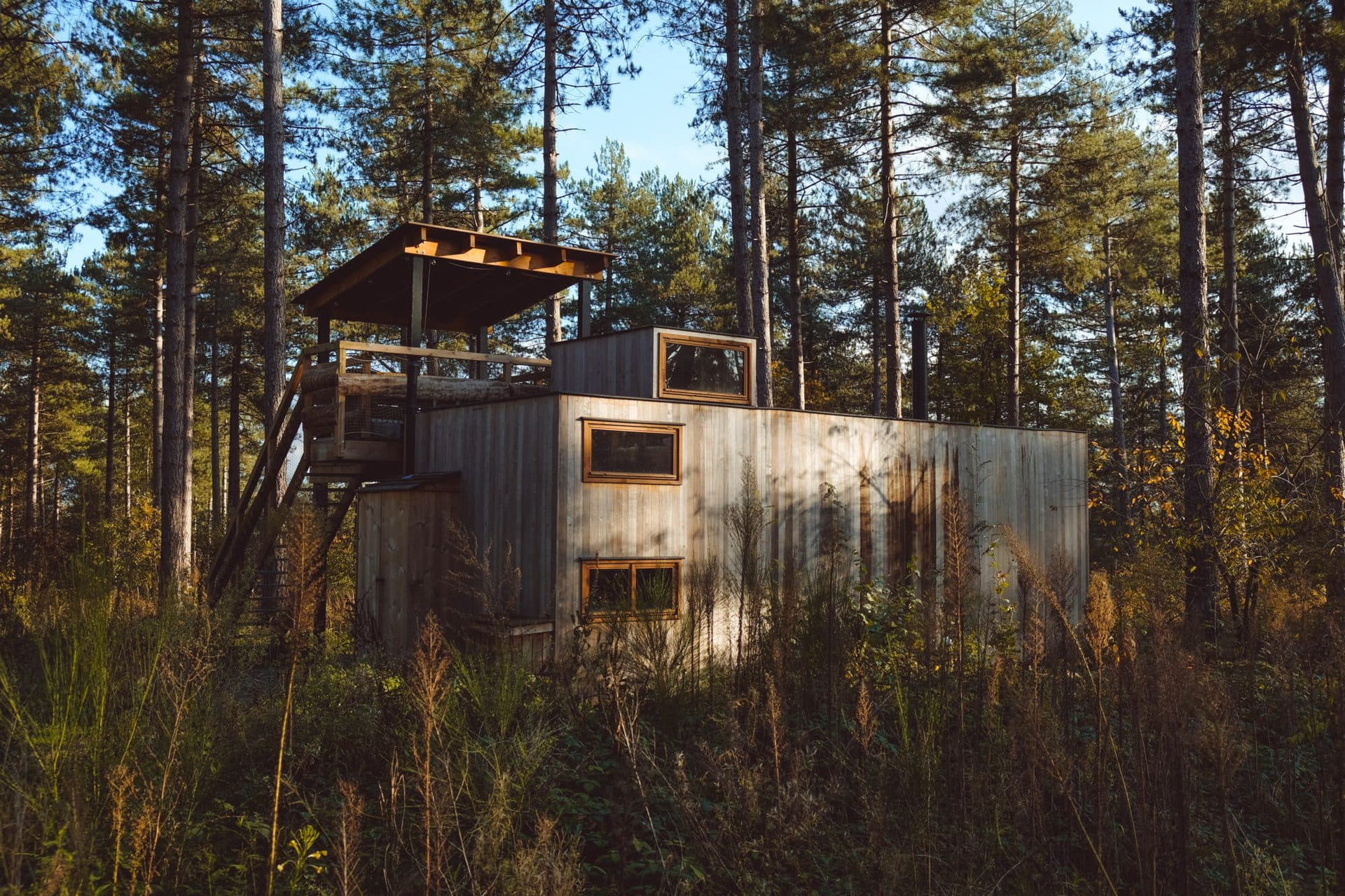1. Modular furniture & space-saving designs
LABC Warranty analysed data on 10,000 houses built in each decade going all the way back to the 1930s to determine whether house sizes were in fact getting smaller. Its findings to this question were a resounding “yes” with homes built from 2010 onwards being over 4m2 smaller, compared to the previous decade.
It is therefore no surprise that we are increasingly seeking space-saving solutions, and modular furniture that can be effortlessly reconfigured to meet our home-living needs and activities at any given time. Furthermore, with fewer places to display our possessions, we are pursuing intelligent storage solutions, from cupboards under the stairs to bike racks on the wall. We must also acknowledge that home-styling trends of 2020 have so far taken something of a minimalist approach, increasing this appetite for intelligent storage solutions that can not only store, but conceal our clutter.
Brands and retailers are, too, favouring modular furniture for its ability to implement a store concept into spaces of varying shapes and sizes. A.P.C.’s store concept in Covent Garden draws focus on its mistral modules, which flow through the store and reinforce the minimal, contemporary nature of A.P.C. apparel. Built with modularity in mind, A.P.C. plans to effortlessly move these modular mistral systems in and out of stores across its estate.

